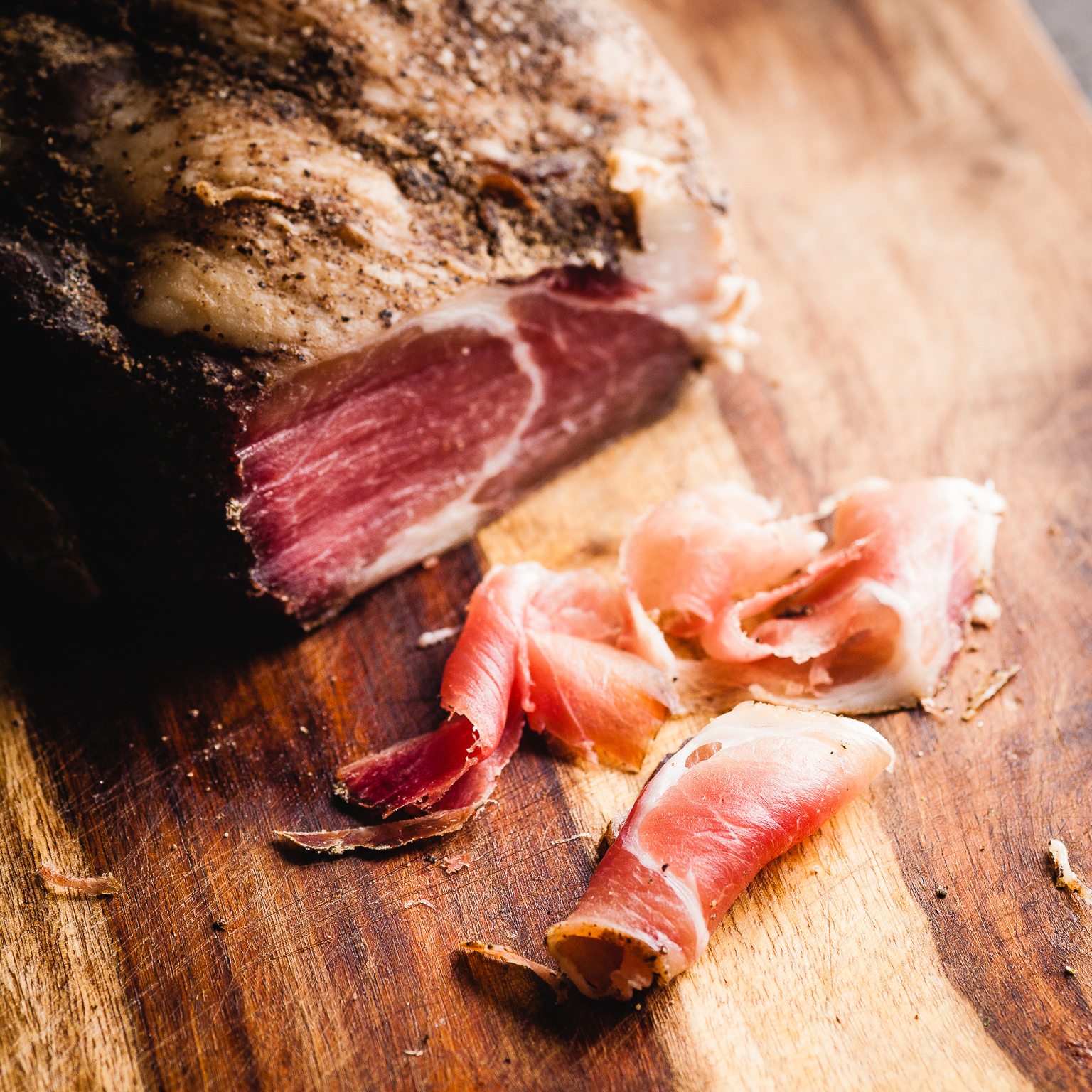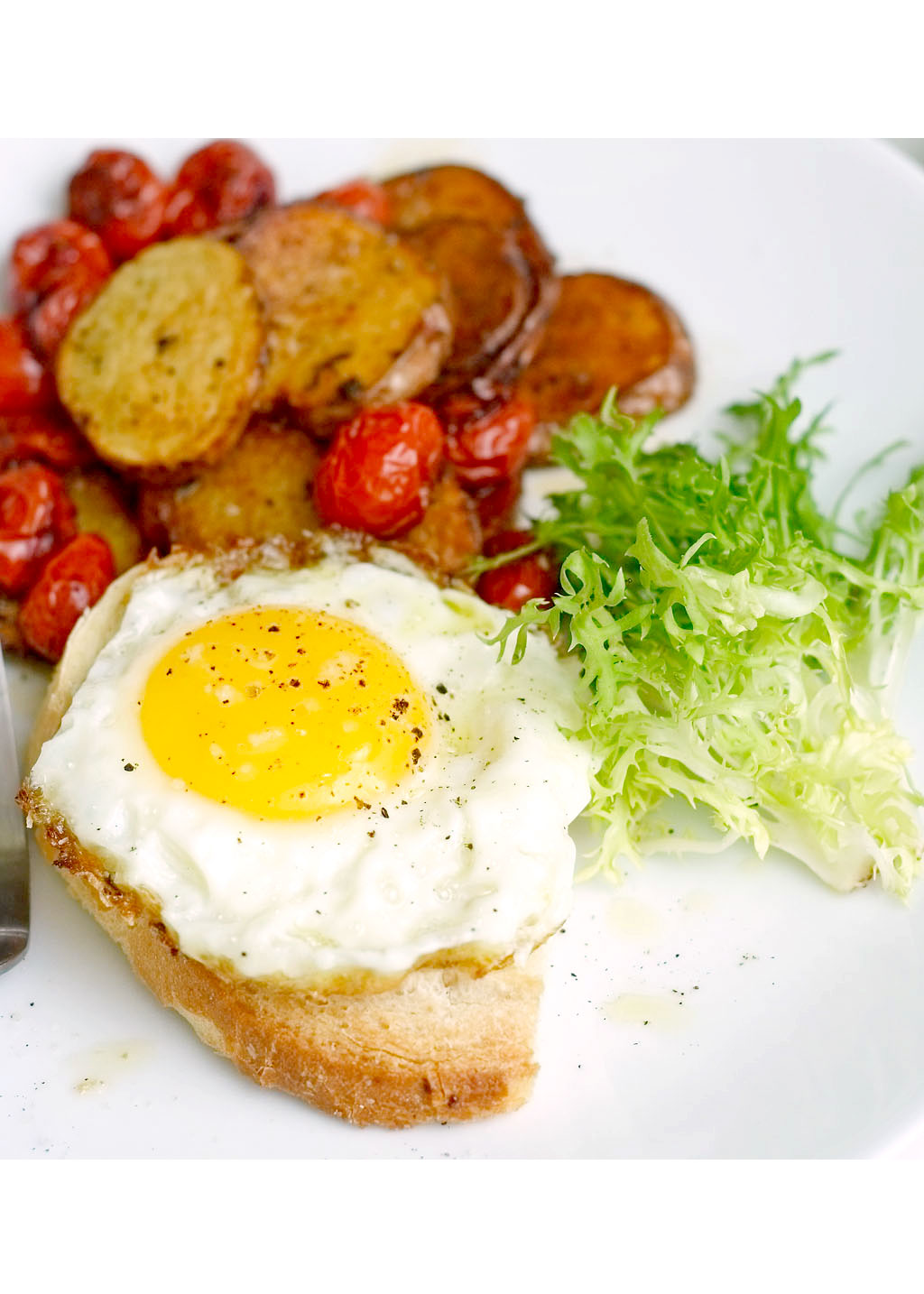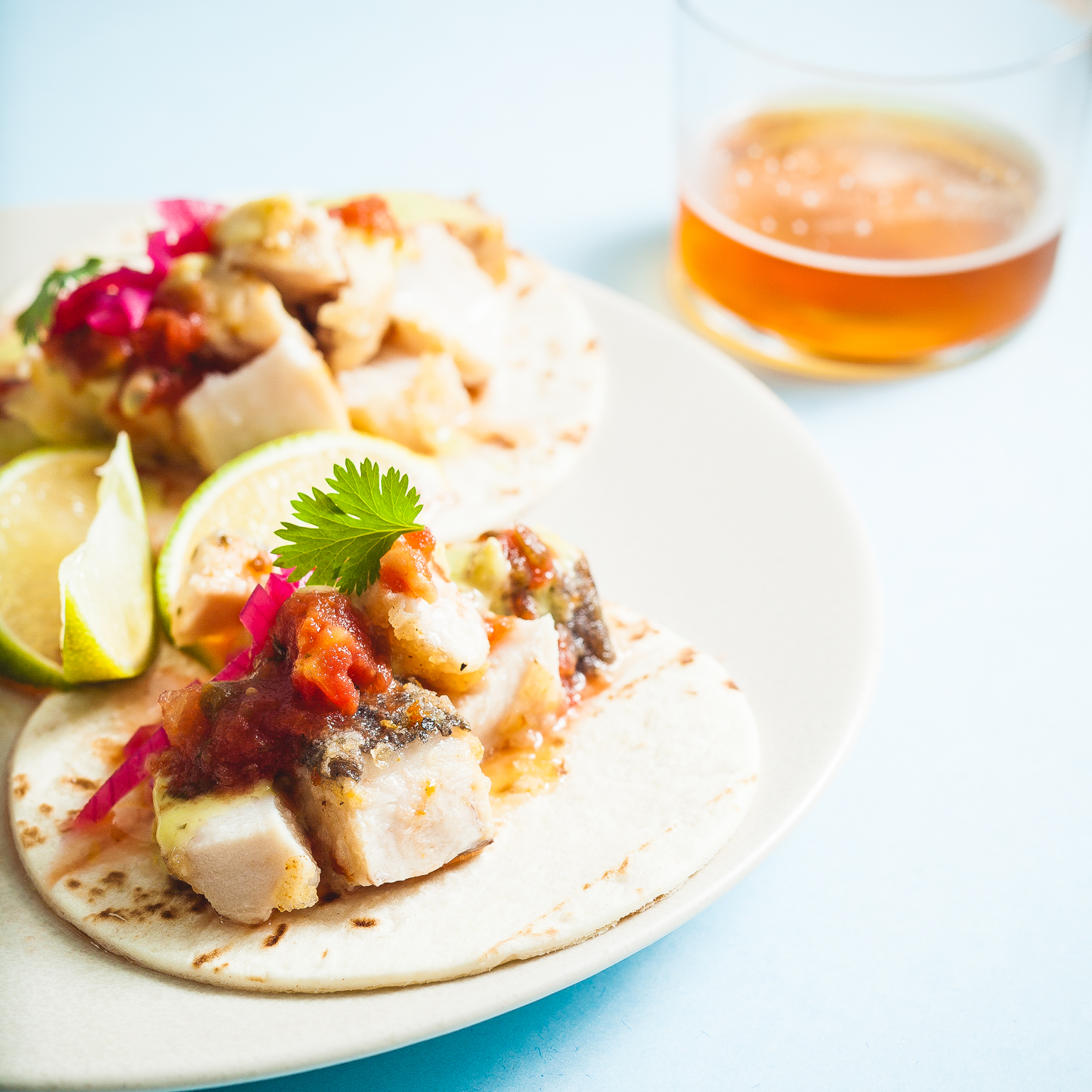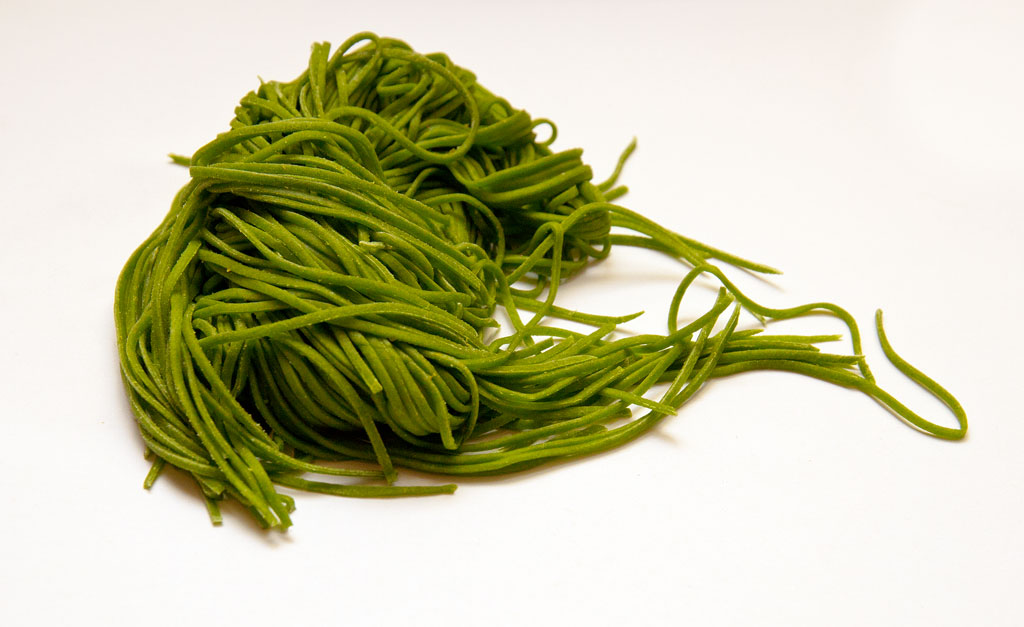This is a really popular cut for dry-curing and a personal favorite. I know there’s some mysticism (sometimes a negative aura) surrounding dry-curing meat at home, as in that it might be dangerous, unsafe. I felt that way once and getting over the fear of screwing up or eating something that would make me sick took some reading and prepping. Once I was better informed I tried it only to realize it was safe and simpler than I thought. I don’t mean to belittle or oversimplify curing meats at home. It’s a very complex subject but the principles are simple. It does require high standards of hygiene, attention to detail and patience. In a very inarticulate way, I’m just trying to encourage you to try it in case you haven’t because I find it extremely rewarding and I want to share that with you.

To nitrate or not to nitrate.
I want to mention something before we dive in. Some cured meat product brands out there take pride in the fact that they don’t use nitrates/nitrites to cure their meat, especially brands found in organic stores. I’m not against any of that but if you’re curing meat at home I suggest following safe and proven dry-curing practices to ensure a successful product in the end. I use nitrites to cure meat. I wouldn’t do it without it. I don’t like botulism.
What about the recipe?
Sure.. find yourself a beautiful fresh-smelling pork shoulder, a smaller portion works better if you’re just getting into curing. I kept the bone in but I suggest simplifying things and getting a piece with the bone removed. You can ask your butcher to do this for you. The ingredients are expressed in percentages of the total meat weight. Just to do the math to get the correct amounts of salt, curing salt and seasonings…. we talk about these below. Happy curing.
The 3% salt by weight rule.
Ok, let’s begin. Measure the weight of the meat. Now 3% of that should be salt. If you have 1000 grams of pork meat, then you should be using 30 grams of salt for example. I like using kosher salt but use whatever you have. Keep that salt in a large ziplock/brine bag (yeah, big enough for the pork to fit)

The 0.25% curing salt #2 rule.
Same idea. Weight the meat and 0.25% of that should be pink salt #2, Prague powder #2 or curing salt #2. Sorry, they’ve made this whole thing seem a lot more complicated than it really is. They are all the same thing. Place the curing salt in that same bag mentioned above and mix well. Sure, you can add other seasonings. 1.5% Garlic and 1.5% paprika being my favorite. By the way, I didn’t make up this 0.25% number. Long story short, that’s what reads on the label and the common standard.
The one-week-in-the-fridge-per-inch…or so.
Once you have your curing mix ready, place the pork in that plastic bag and rub the pork with the curing mix evenly, remove as much air as possible, seal it and place it in the fridge. This is one of those steps that well… it’s not necessary since the whole point of salting meat is to avoid refrigeration but I like to play it safe and give the salting mix a headstart… against pathogen reproduction that is. It’s a bit like cheating. So roughly measure the thickness of the meat (not lengthwise obviously, more like height-wise) and for every inch of thickness allow about a week of freezer time. Turn the bag over once a day or so to distribute the curing mix evenly. This pork shoulder was in the fridge for about a month.
The hang-to-dry-out-in-the-open-away-from-direct-sunlight rule.
This is possibly the biggest source of controversy about this whole dry-curing thing. The climate, temperature, the humidity, etc… do you need a curing chamber? do you live in the right country? is it too hot? too cold? rains too much? Dry curing has been done for thousands of years around the planet. I’d say it’s pretty forgiving. I live in LA which is dry and hot. It isn’t ideal for dry-curing but I still do it. The ideal ranges you may ask… High humidity: 60%-80% And cool temperature: 10C-15C but don’t let that deter you. I usually hang the meat in the kitchen away from direct sunlight and get away with it. Oh… I rub the meat with coarsely ground black pepper. Looks and tastes pretty awesome.
The 33% weight loss rule.
This is a really neat way of measuring when the curing is done. Instead of worrying about time, worry about its weight instead. Relative humidity and temperature will play an important factor on how quickly you get to that 33% so keep an eye on it. I suggest weighing the meat once a week. Weight loss is not linear. At the beginning is kinda fast but it slows down towards the end when you’re getting close to that target 33%. Slow is good. Gives curing time to do its magic and nitrates to turn into nitrites. Nitrates then turn into nitric oxide. Meat turns delicious and safe to eat. It’s about a couple of weeks per pound of meat to give you an idea. Patience.
Yeah… that mold issue.
If you ever see any mold growing on your pork do not panic. Green and white mold are probably ok. I still wash them off using vinegar. If you see black mold I suggest getting rid of the whole thing entirely. I actually brush the meat with apple cider or distilled white vinegar before I hang it to dry and I don’t remember seeing any mold. If you really want to reduce the chances of mold then you can dry the meat in the fridge for the first 2 weeks or so. Drying in the fridge is accelerated significantly and the surface of the meat will be dry and inhospitable to mold growth.

And that’s it.
Give it a shot. Do yourself a favor. Buy a decent digital scale and a digital microscale. Dry curing requires careful measuring of the ingredients and measuring the meat weight during the drying process. If you have any questions or suggestions please leave your comments down below.
Wanna get more sous-vide cooking guides and cool cooking how-to’s in your mailbox? You know what needs to be done!
We never spam. You should only be getting updates when new content is posted on the site. We also respect your privacy. We don’t share your email address with anyone and you can unsubscribe anytime!





10 comments
Hi Paul, I do this all the time with pork belly to make pancetta and have done pork jowl (guanciale) but not yet shoulder (coppa). You don’t mention any sugar or spices? If there is enough oxygen around botulism is not an issue — but I understand because Americans tend to be more cautious about botulism than Europeans.
hi Stefan, yeah, I didn’t use sugar in this particular preparation. I do mention black pepper, garlic and parpika. It’s kinda buried in the text but they’re there, although pork and salt alone should be enough to be delicious 🙂 I wish pork jowl was easy to find. I honestly have never seen it and butchers are not a common sight in LA unless you love driving. Regarding botulism, yes you’re right but I can’t help but to keep that in mind when posting meat-curing related posts even if it’s not a likely issue. Definitely a much bigger deal when talking about curing sausages which I haven’t gotten into yet… yet! Hope you’re doing well Stefan!
Such a detailed article. Thanks for providing so much detail.
anytime! let me know if you have any questions/suggestions
Paul, I live in Arizona and temp in the house is 78 degrees, I wasn’t going to be comfortable leaving the meat out at that temp, I purchased a digital wine cooler to give me the correct temp. If I was to use a three pound pork shoulder and cover it on top and bottom with salt, how long would you suggest I leave it like that? Is 12 hours too long? I haven’t use curing salt yet but will buy some today.
Hey John, I’ve never done the top-to-bottom salt thing so I wouldn’t want to mislead you there. Because you want to end up with approximately 3% salt through you could just do the ziplock bag with 3% salt of the pork weight and keep flipping it over until most of the salt is gone. What’s the humidity in that cooler?
As for the cooler…it seems to pop up in all three dry cook segments. Is it possible to simply use an otherwise un-used refrigerator to hang/dry these meats?
yep, these days I do it in a cabinet and I stick a small usb fan to help air circulation and fight mold. Use whatever you have at hand. Thanks for commenting!